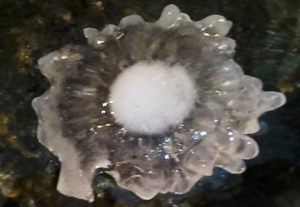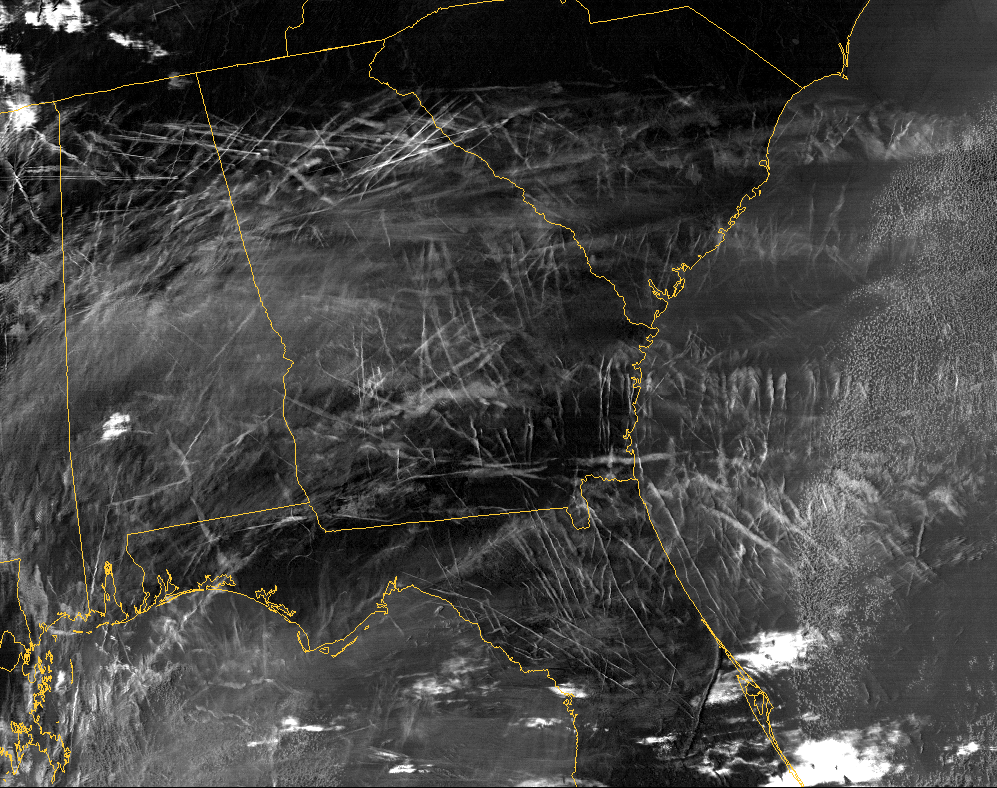A remarkable number of tornadoes have occurred across the United States this year.
Preliminary reports from the Storm Prediction Center tally 784 tornadoes across the United States through May 13, the second-largest number on record. That number is far higher than the historical average to that date of 549.
Remarkably, however, this year’s total pales in comparison with the 1,314 tornadoes that had visited our country by the same date in 2011. That year’s total of 2,240 exceeds the next highest total (1,677 in 2019) by 33.6%. Other seasons that crossed the 700 tornadoes threshold by mid-May were 2023, 2022 and 2017. Of those three, 2017 ended with the largest total (1,522, third all time).
It is hard to say whether this rapid start to the season will mean that 2024 will contend for a top spot on this harrowing list. It is also very difficult to say whether the background climate change has played a role in increasing the number of tornadoes the country experiences.
Recent work by Victor Gensini at Northern Illinois University and Harold Brooks at the National Severe Storms Laboratory has found that Tornado Alley has shifted eastward during the past 40 years. Once again, the role of background climate change in this shift is an open question.
Regardless of the cause, such trends are important for understanding the potential for changes in tornado exposure. These storms, and the associated severe thunderstorms that deliver them, are responsible for an average of $5.4 billion in damages each year across the United States — with seasons exceeding $10 billion in damages becoming more common.
Steve Ackerman and Jonathan Martin, professors in the UW-Madison department of atmospheric and oceanic sciences, are guests on WHA radio (970 AM) at 11:45 a.m. the last Monday of each month. Send them your questions at stevea@ssec.wisc.edu or jemarti1@wisc.edu.






